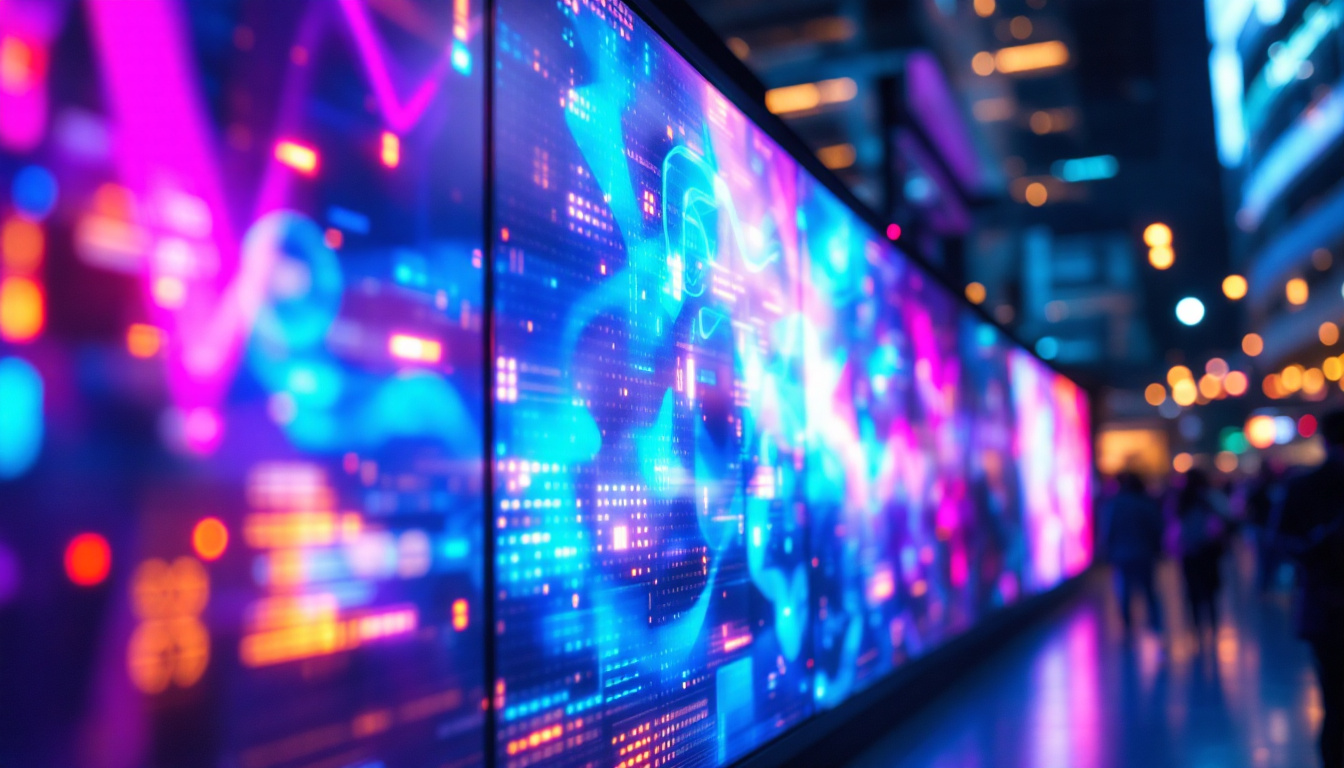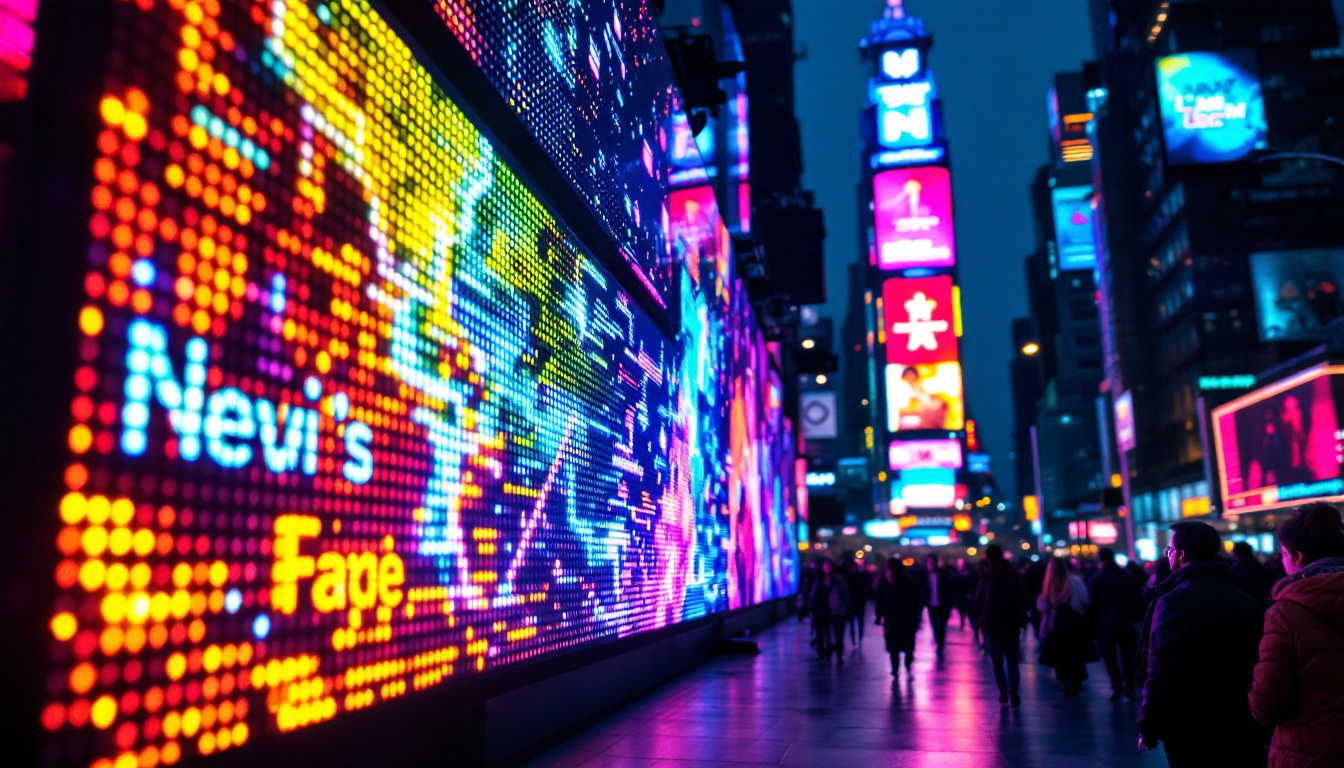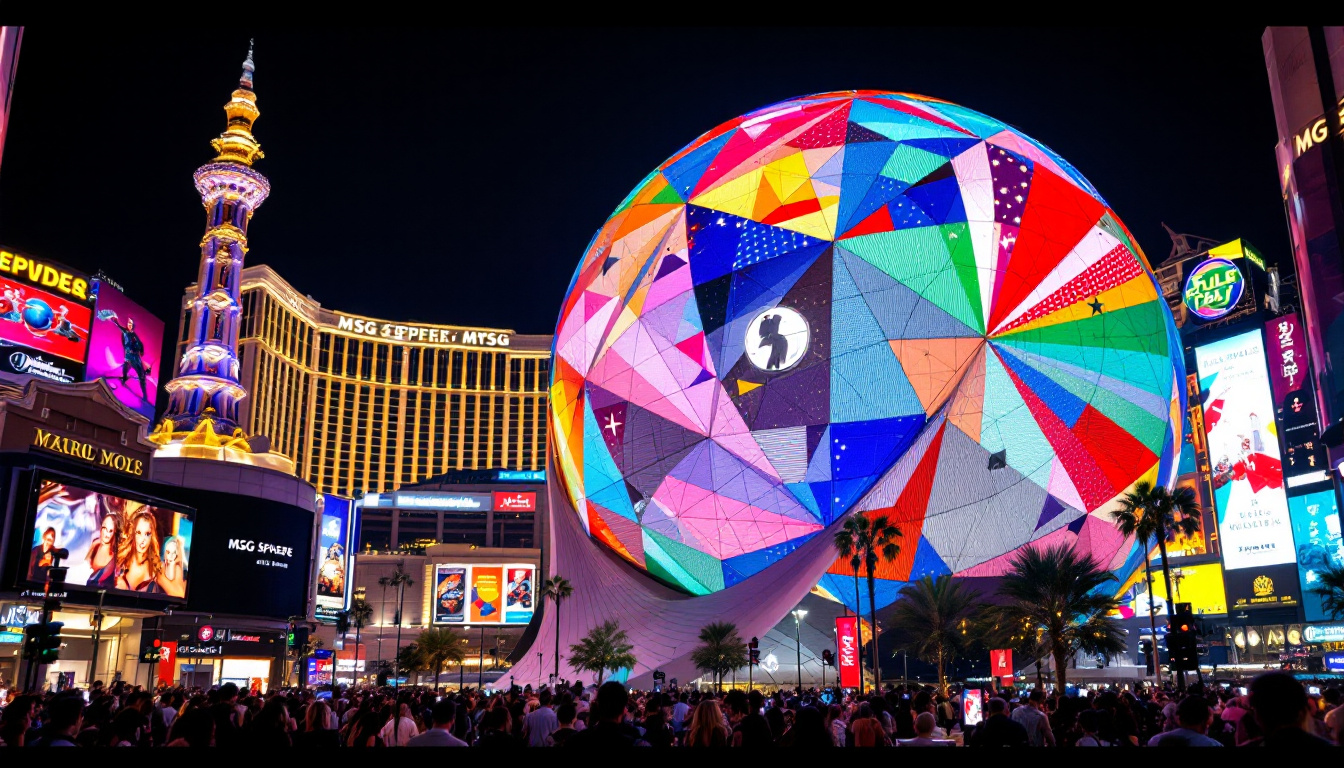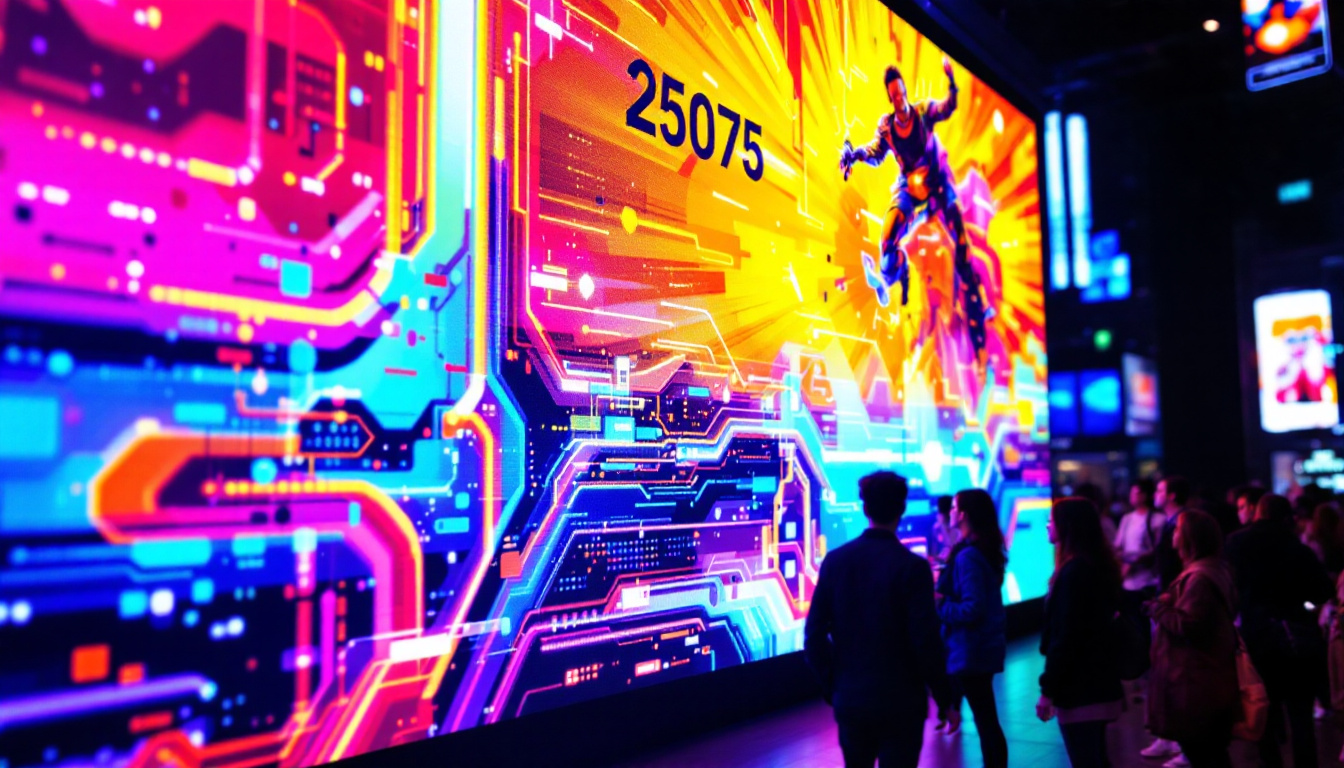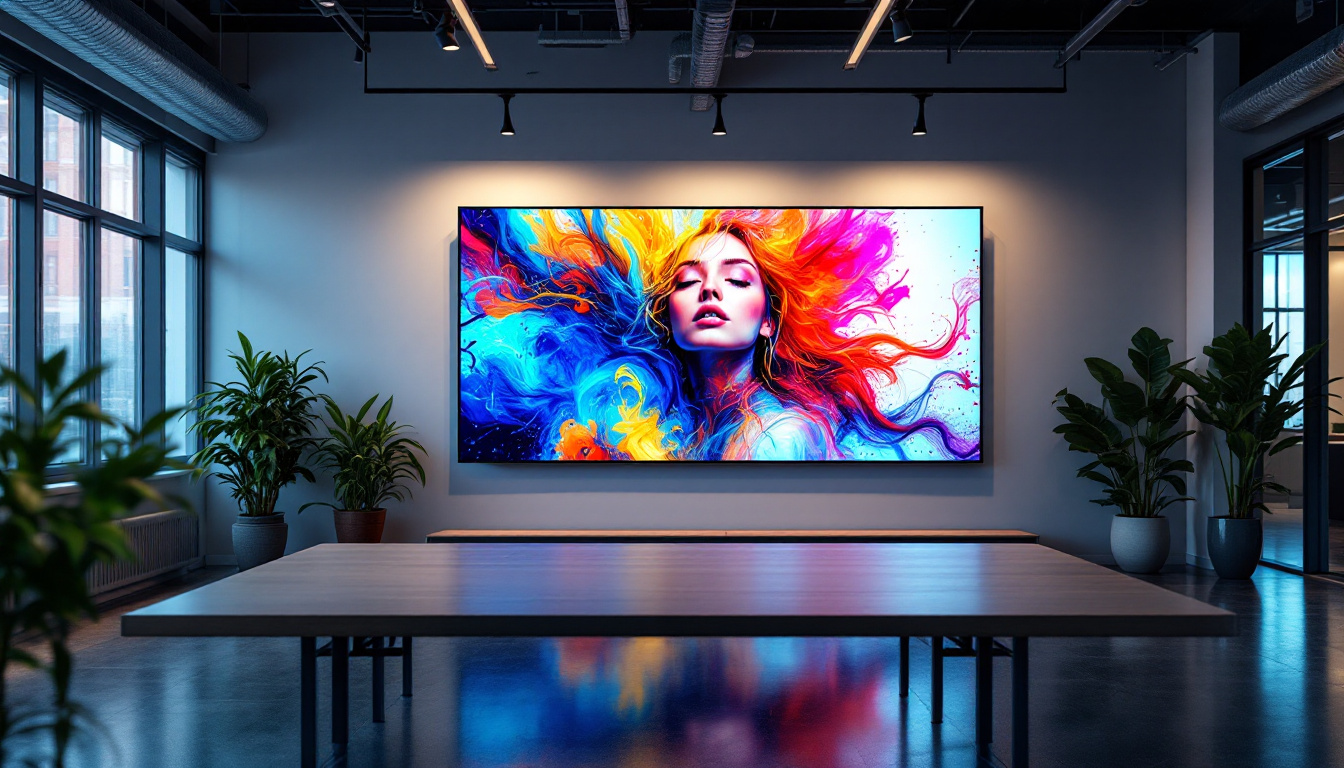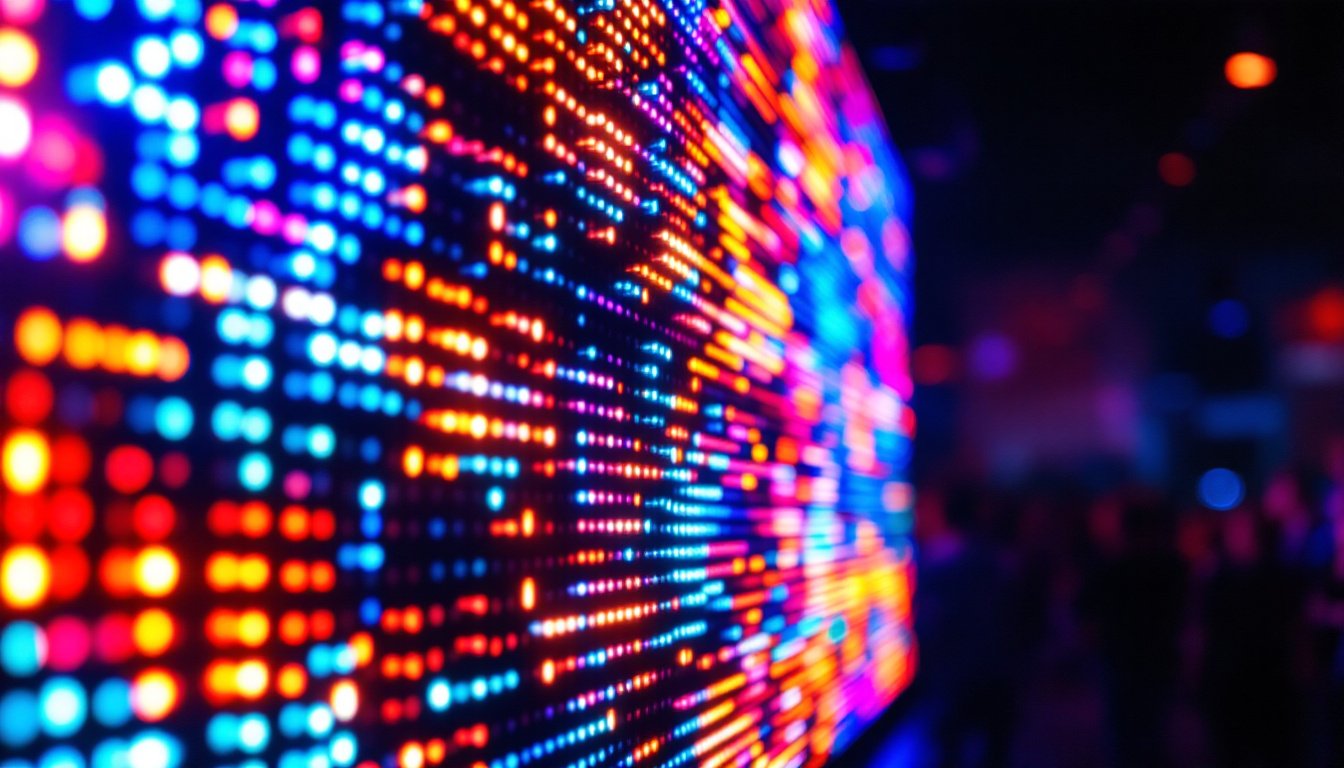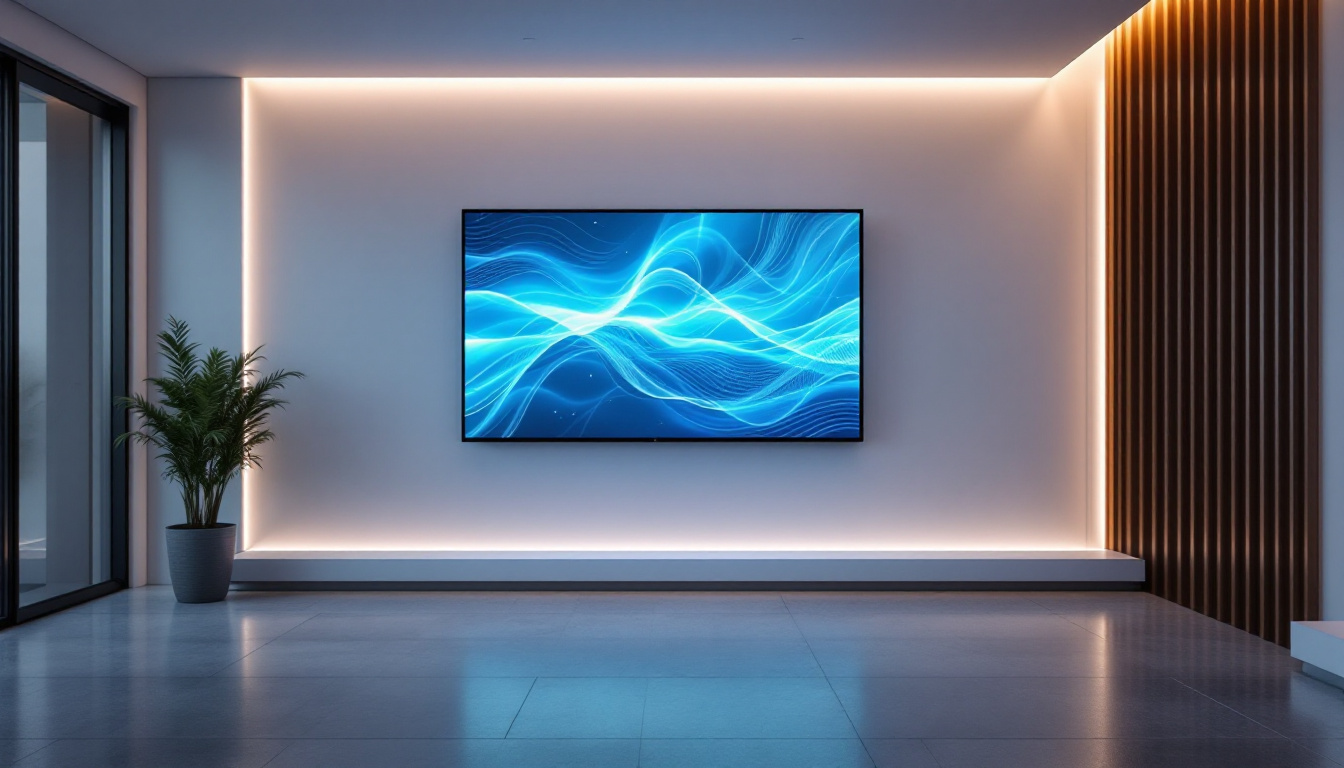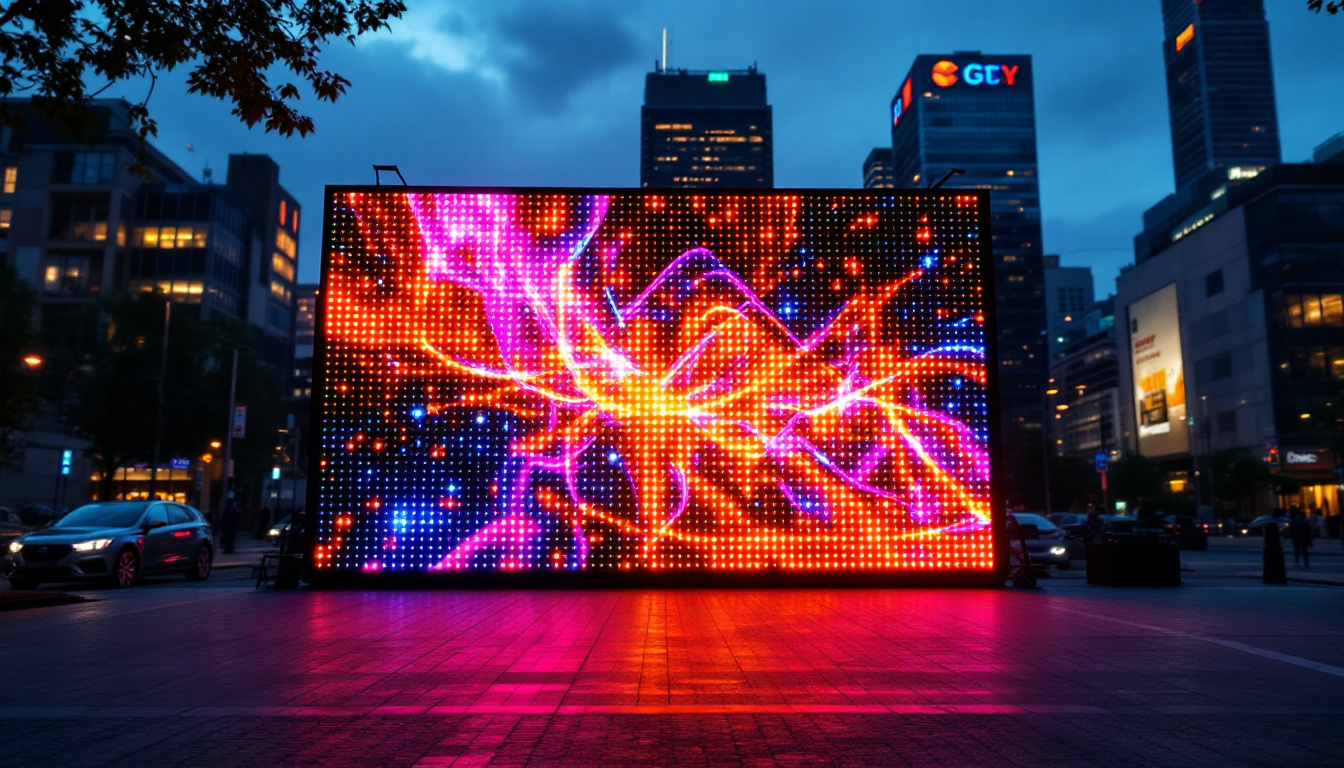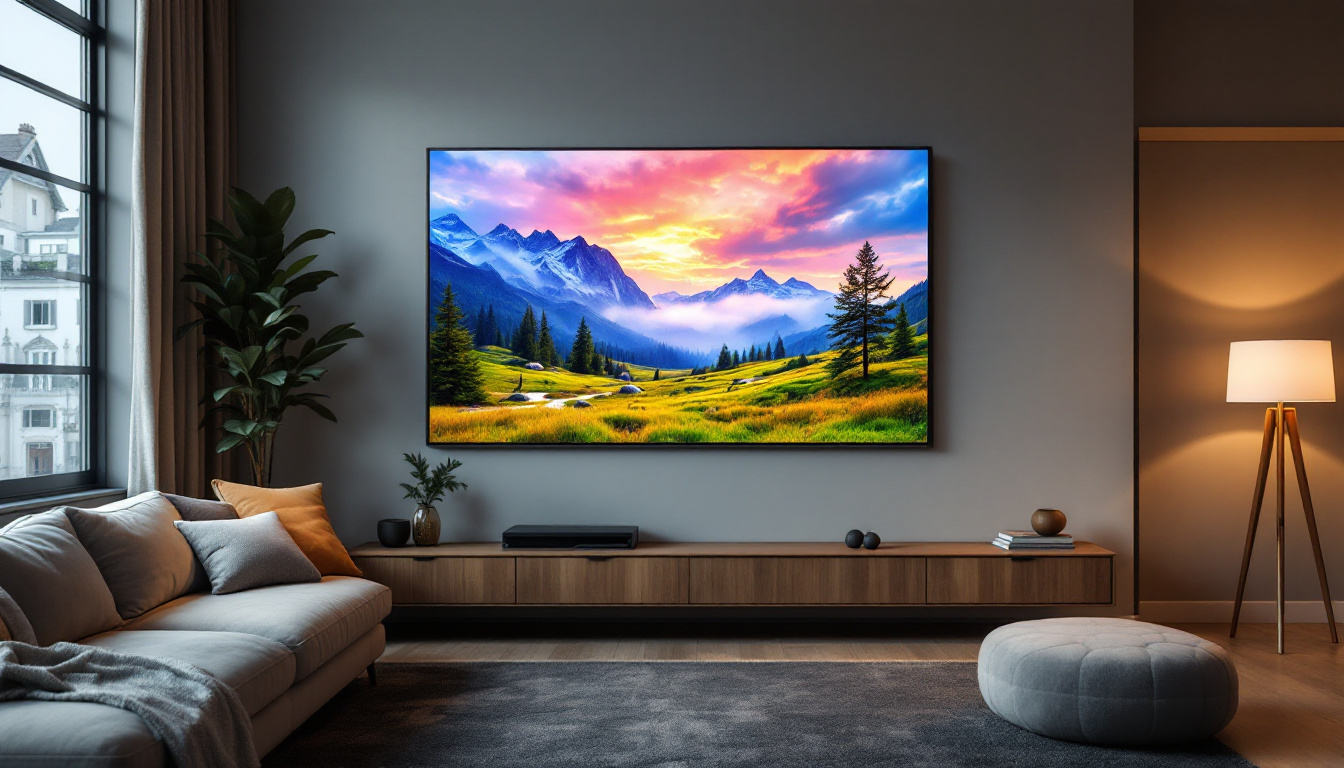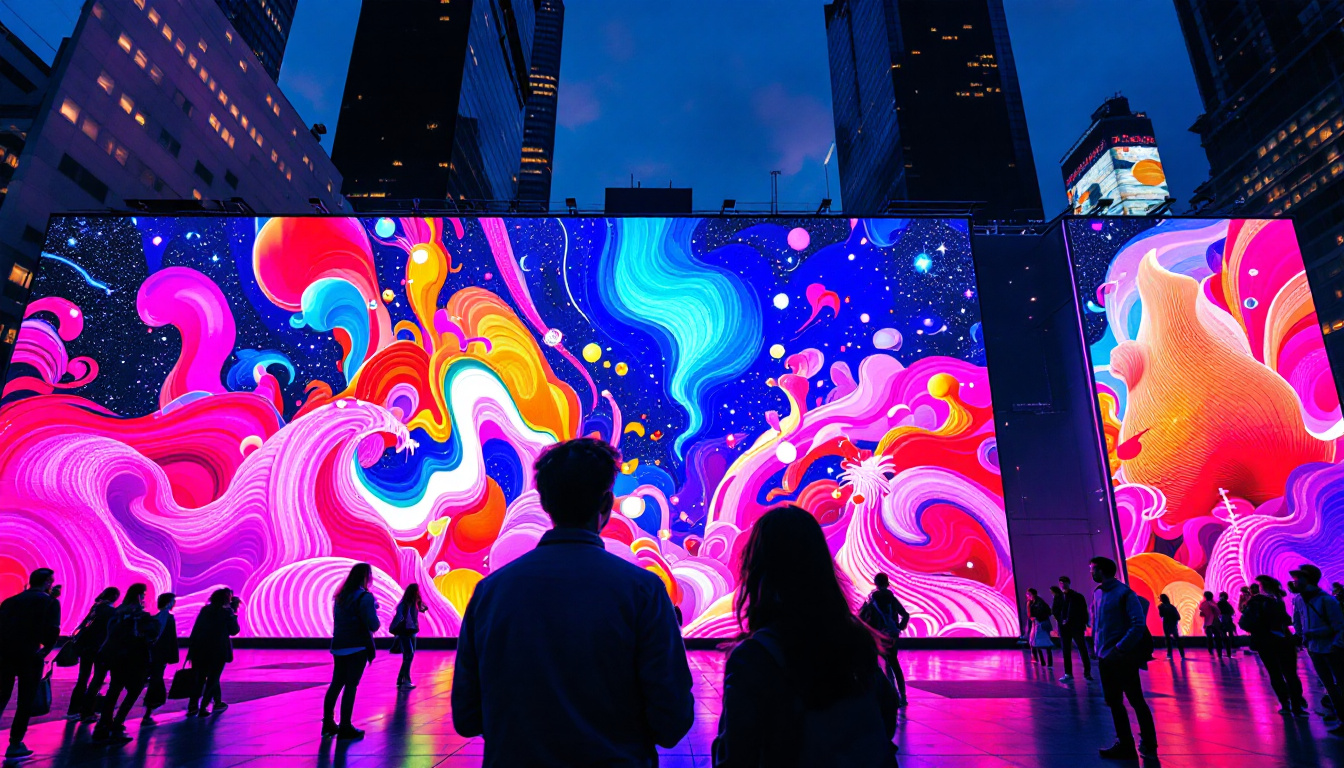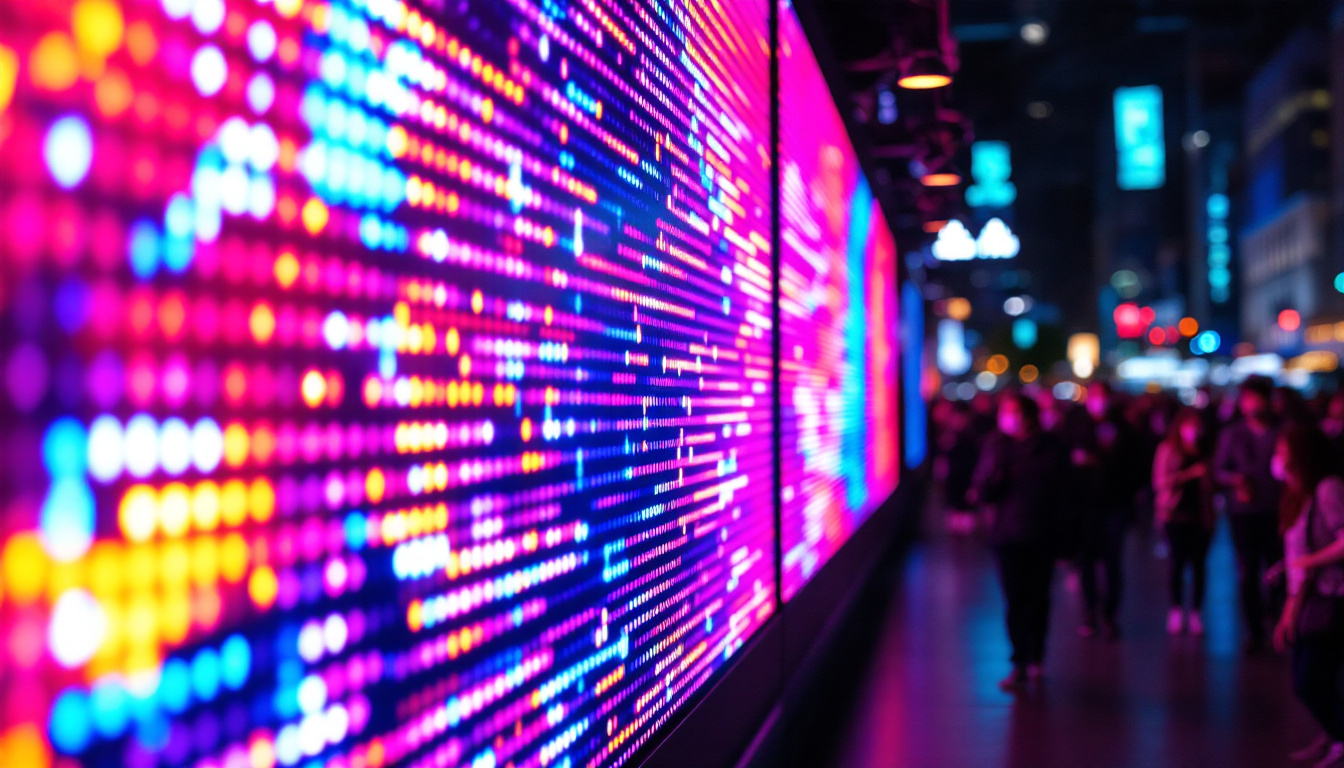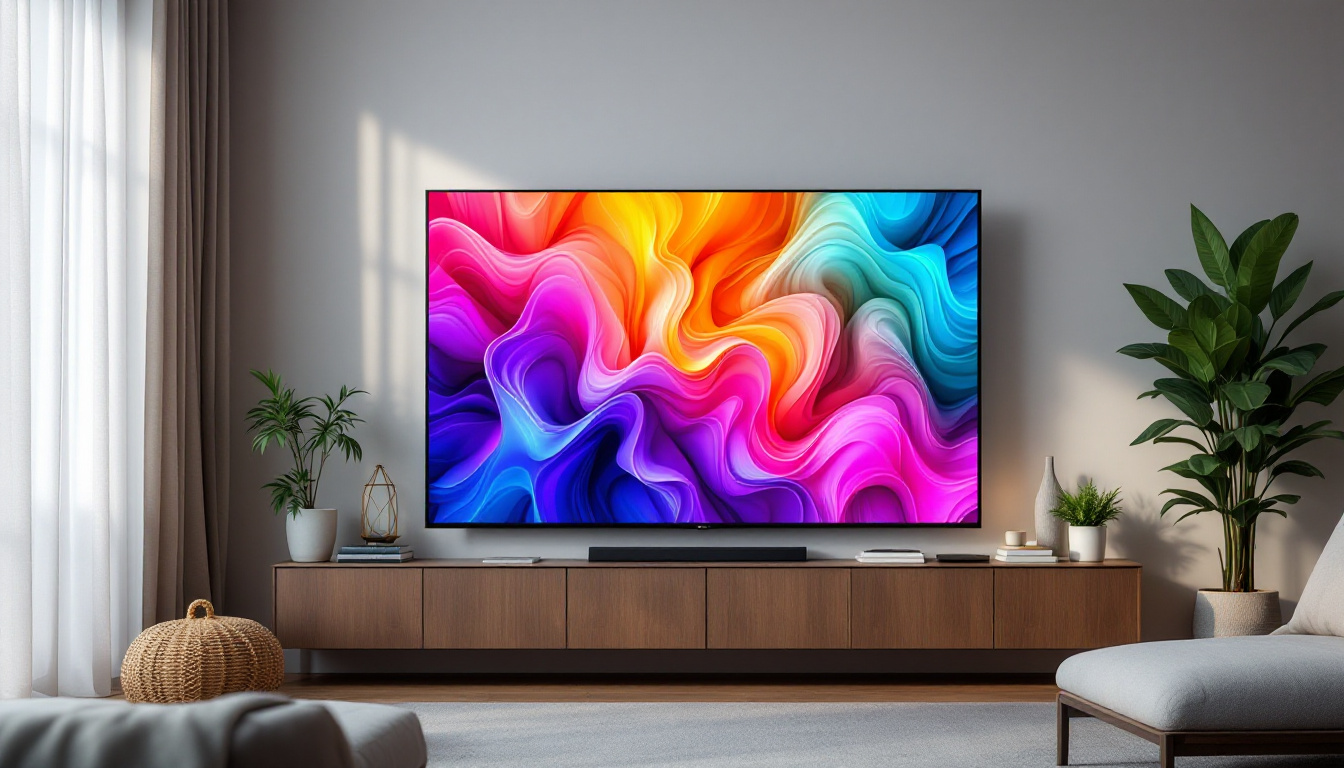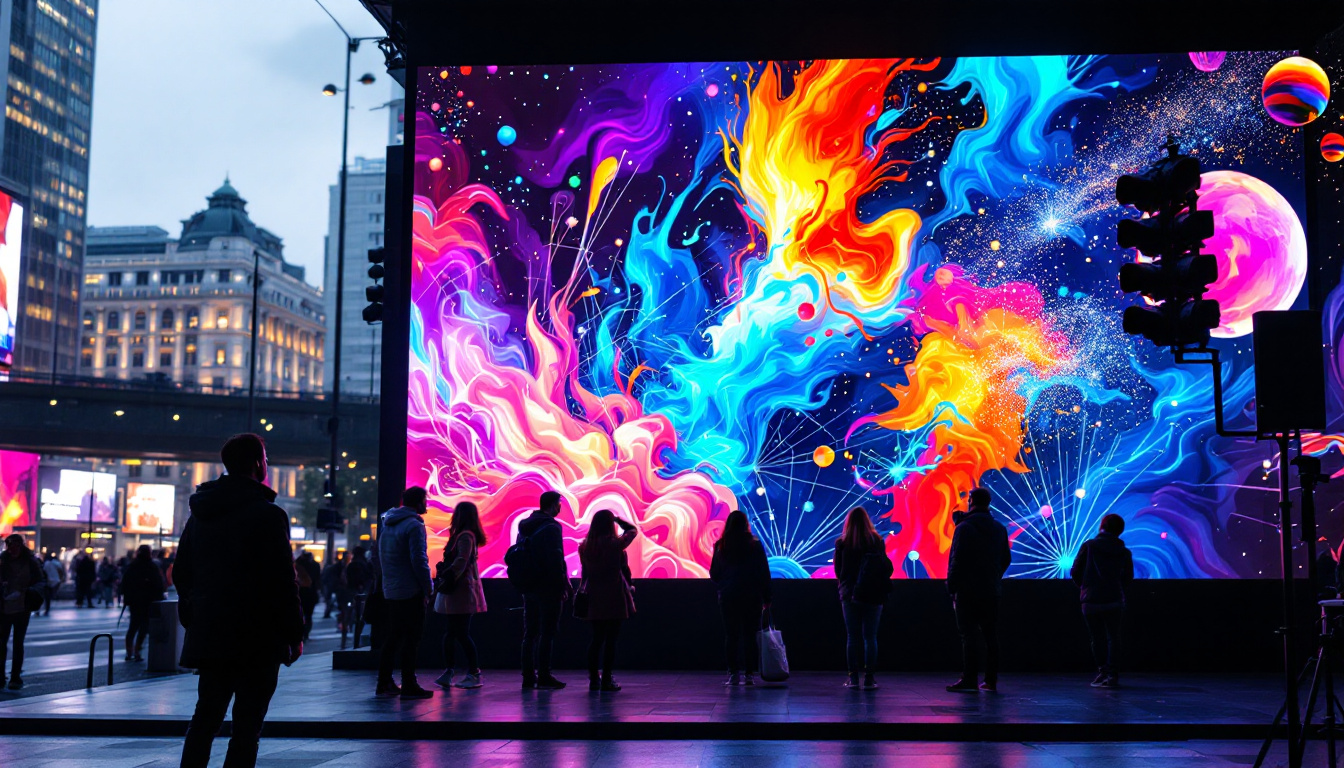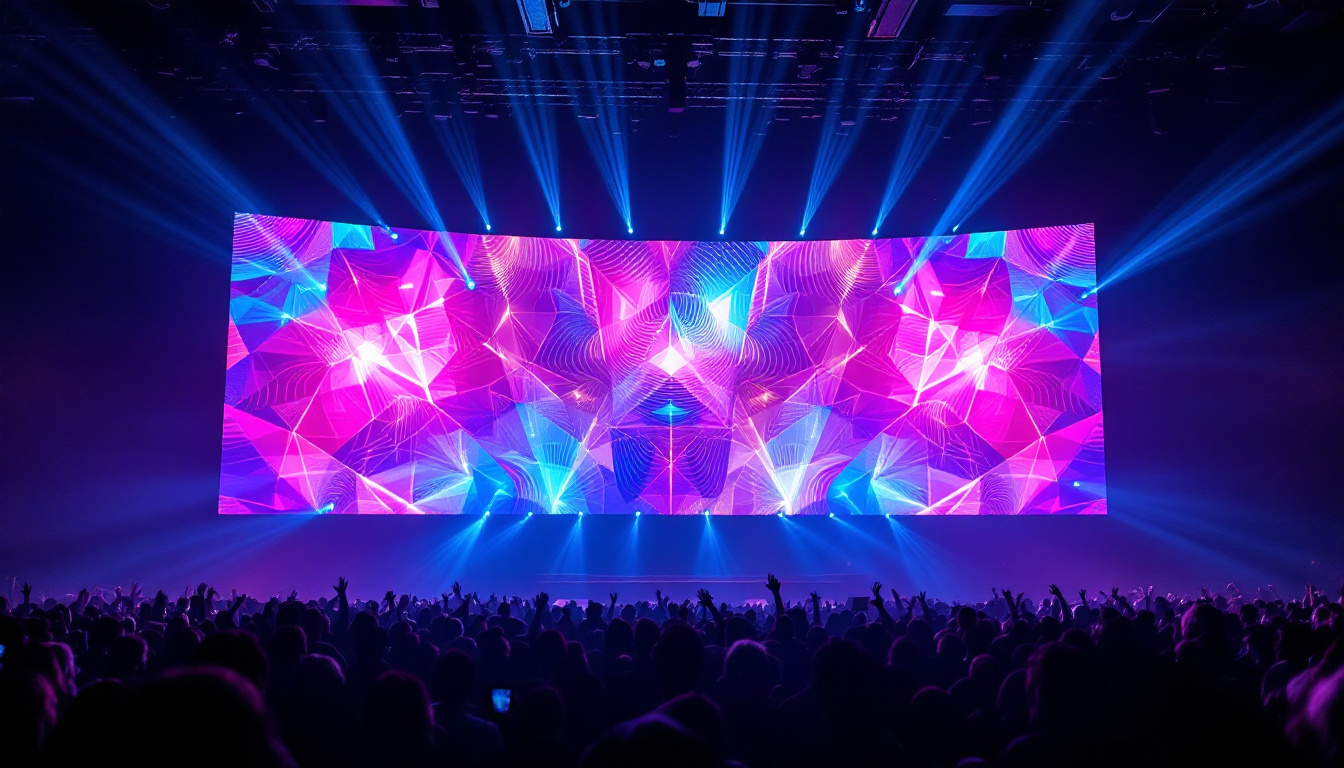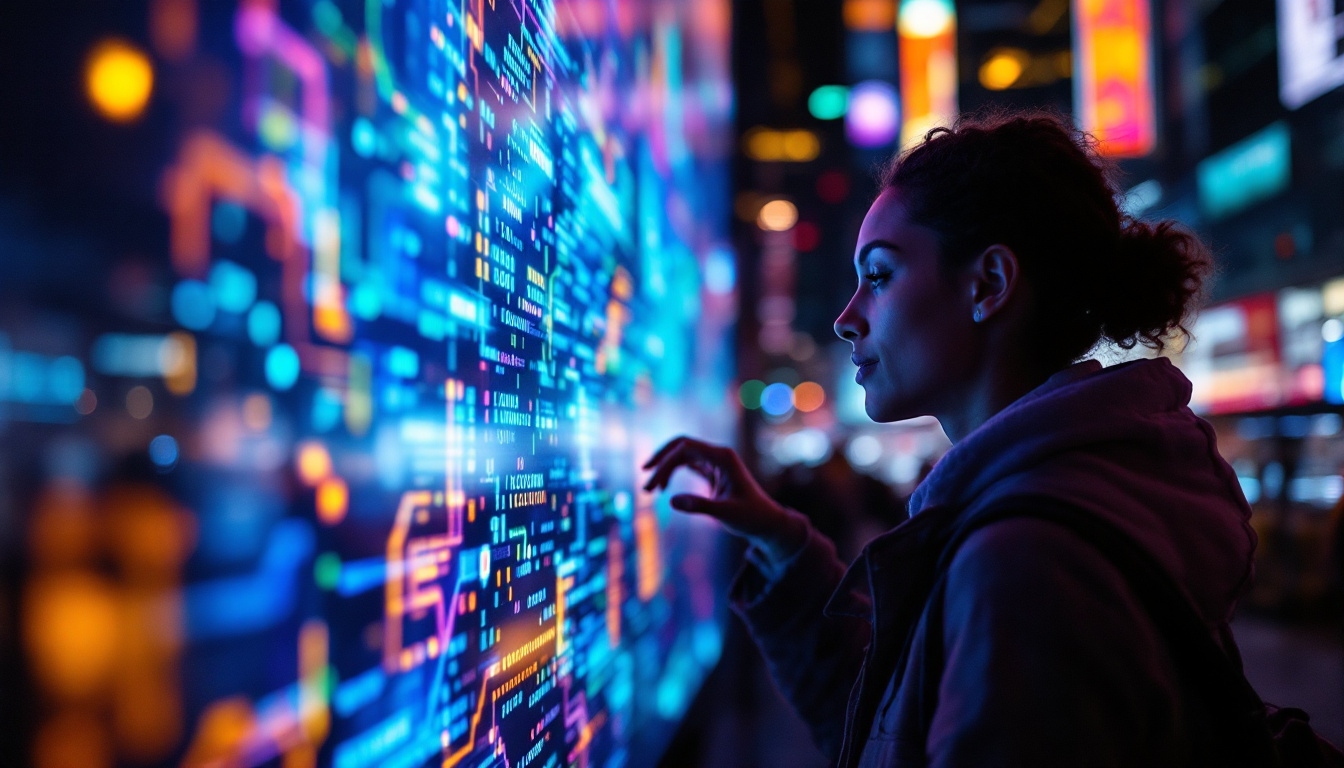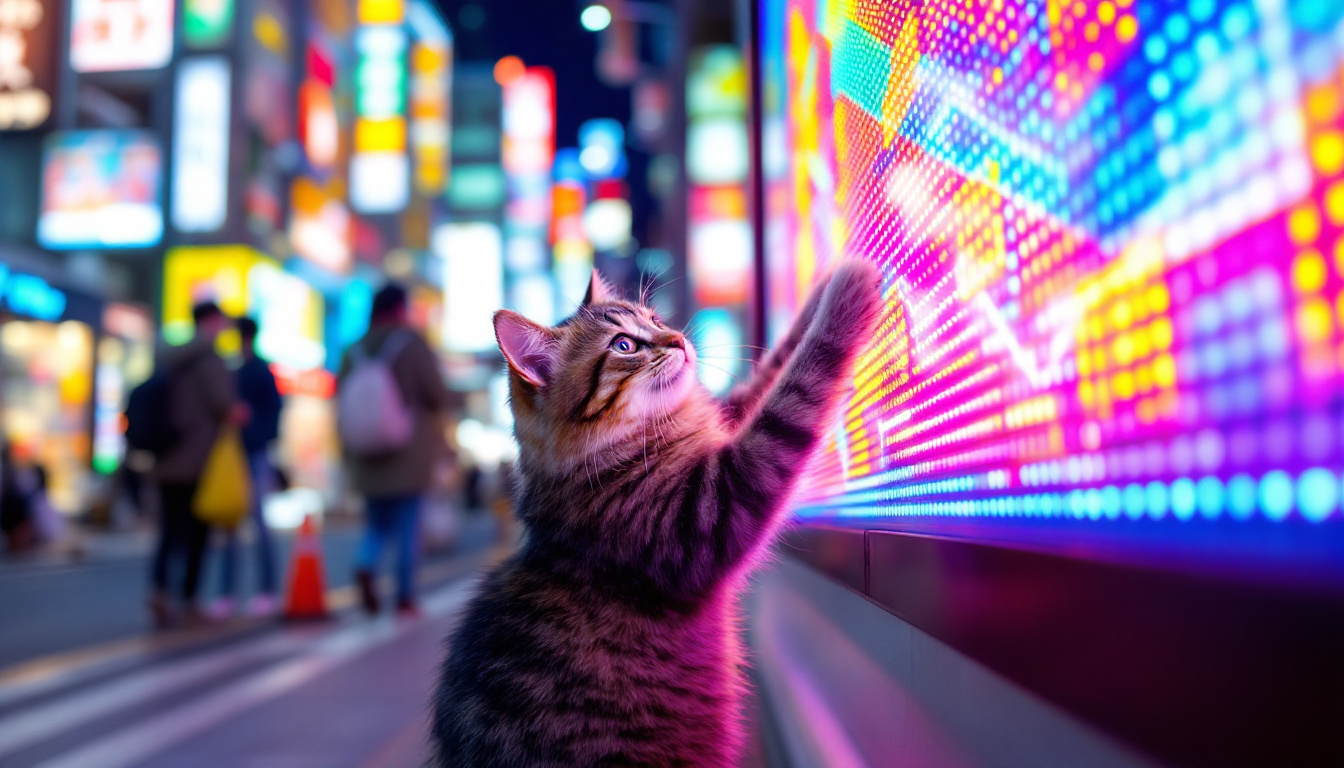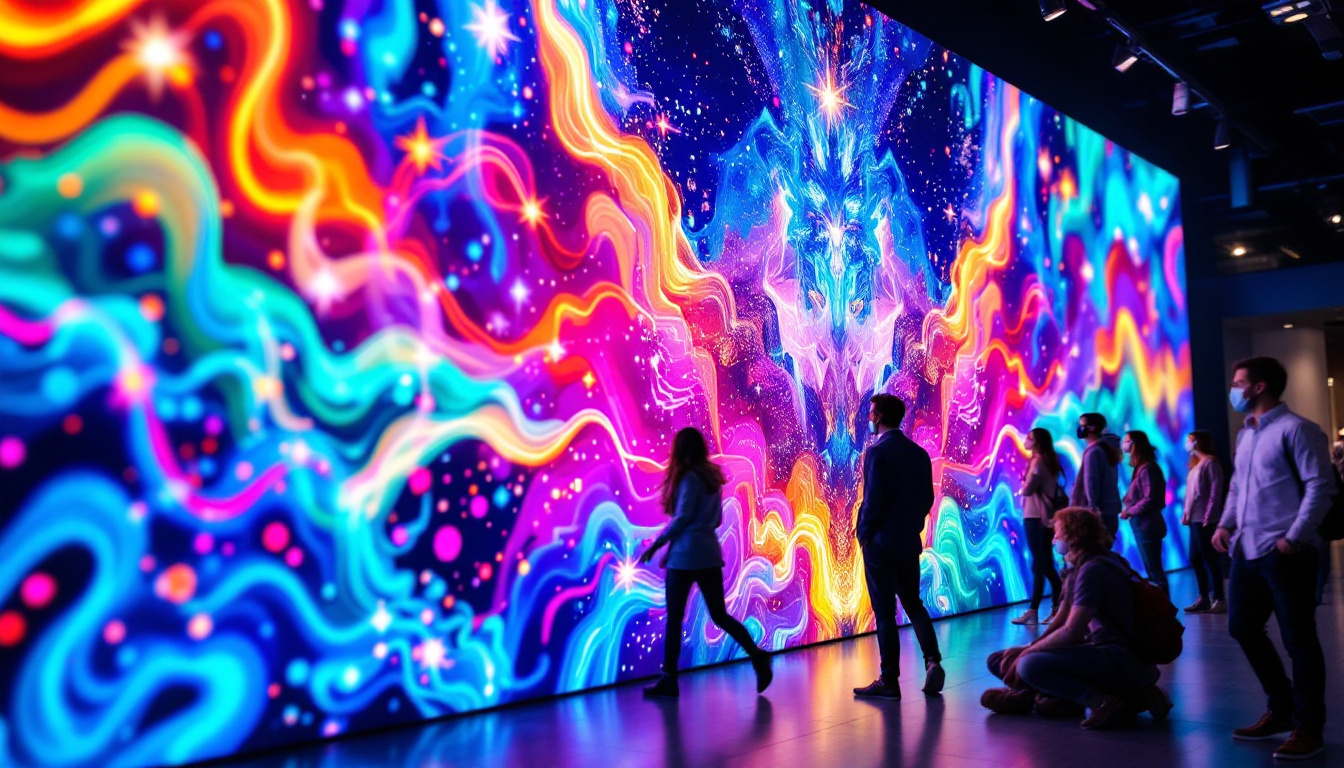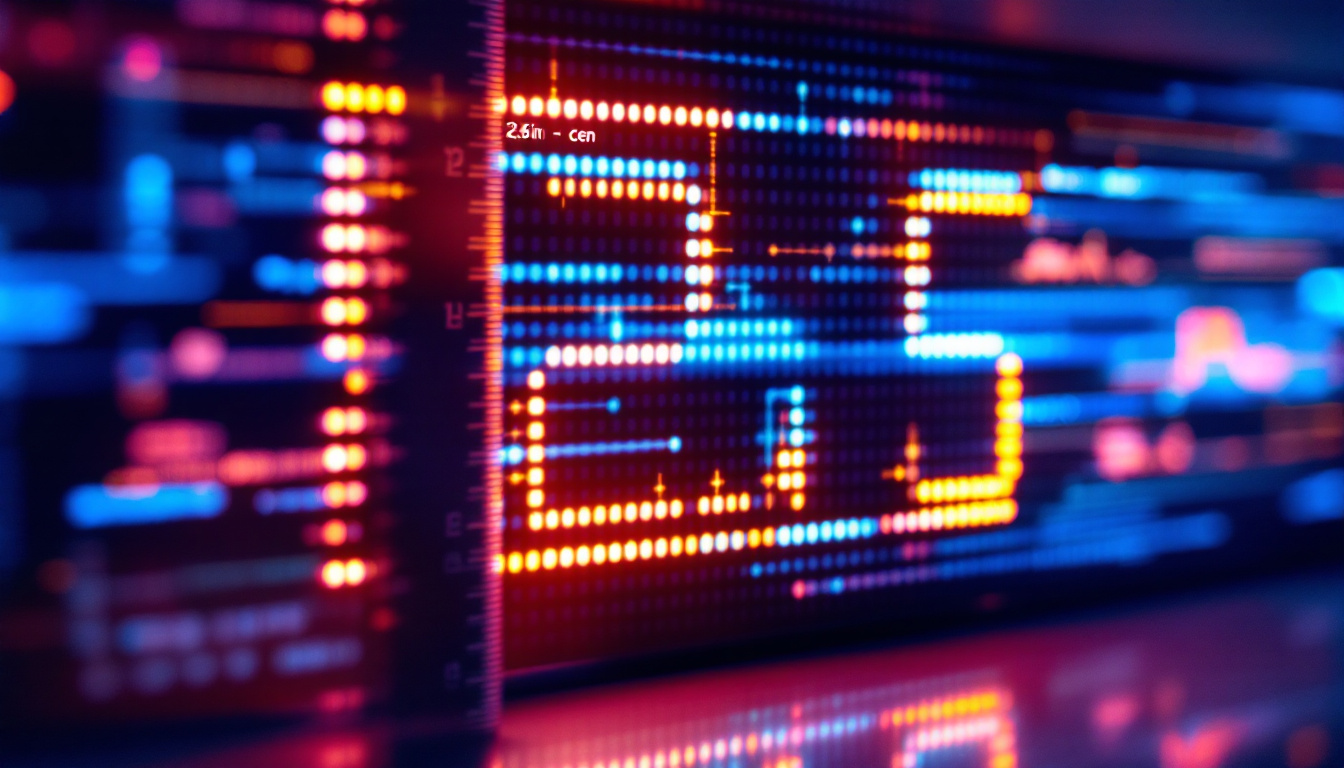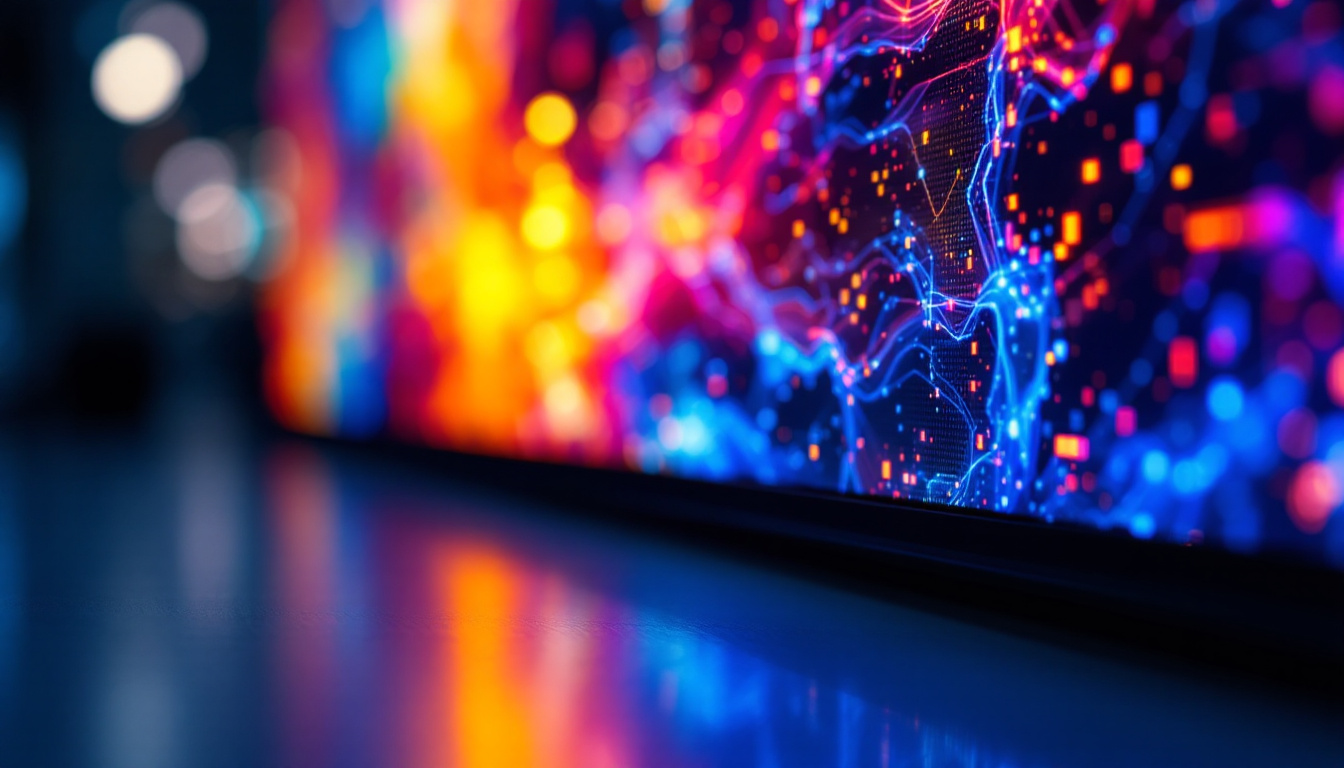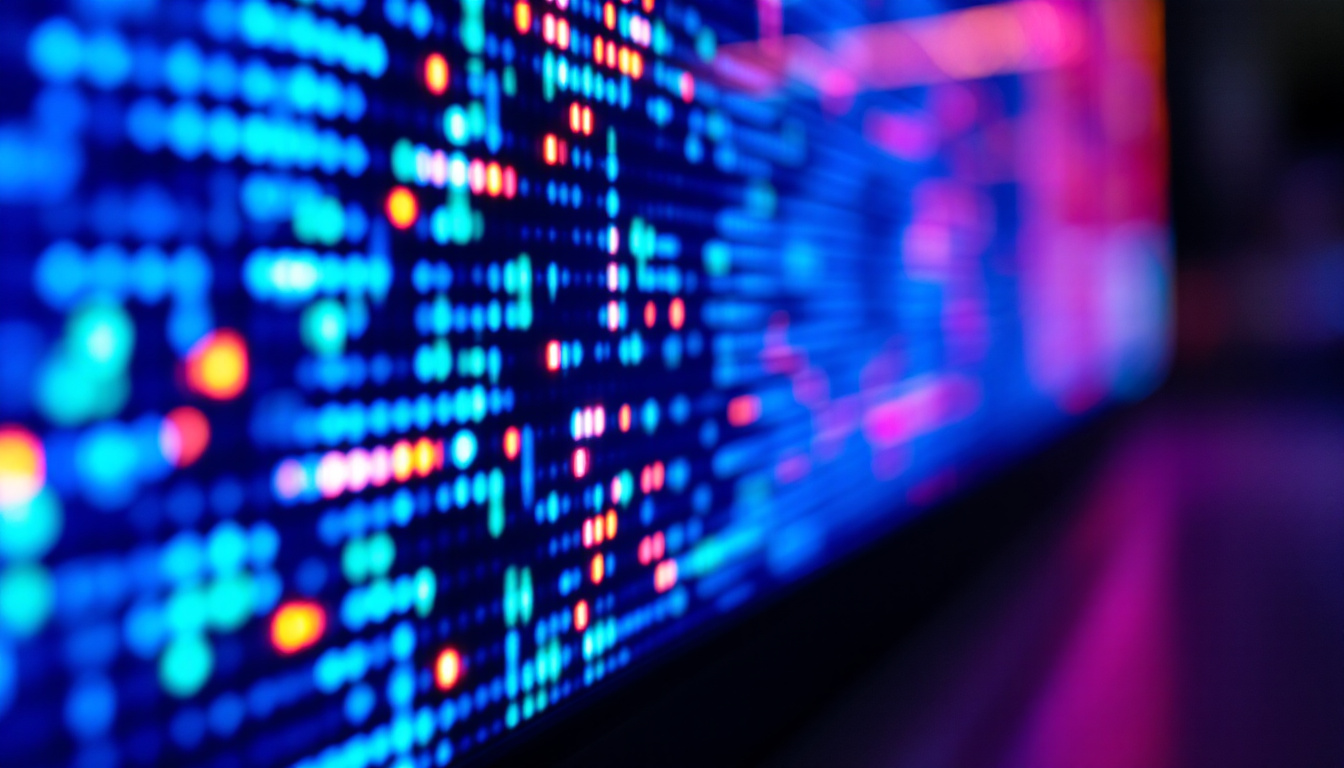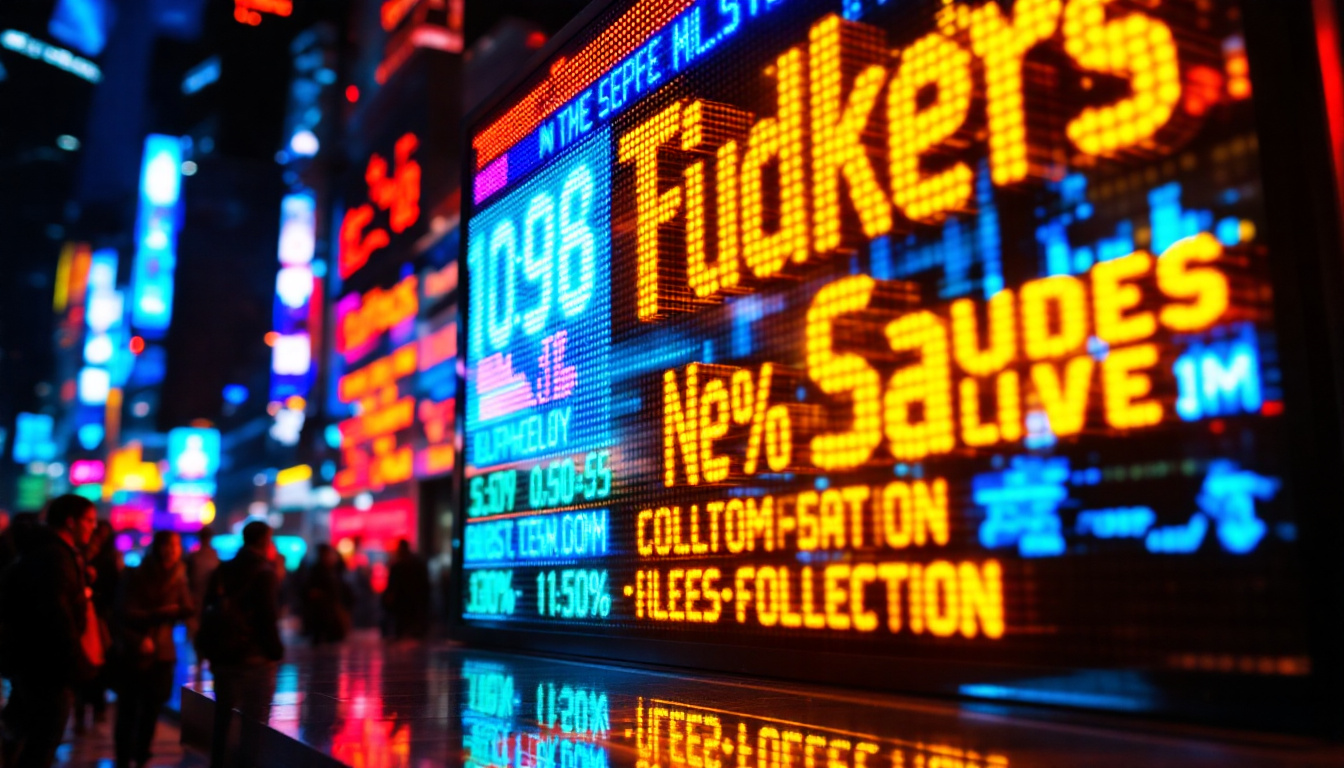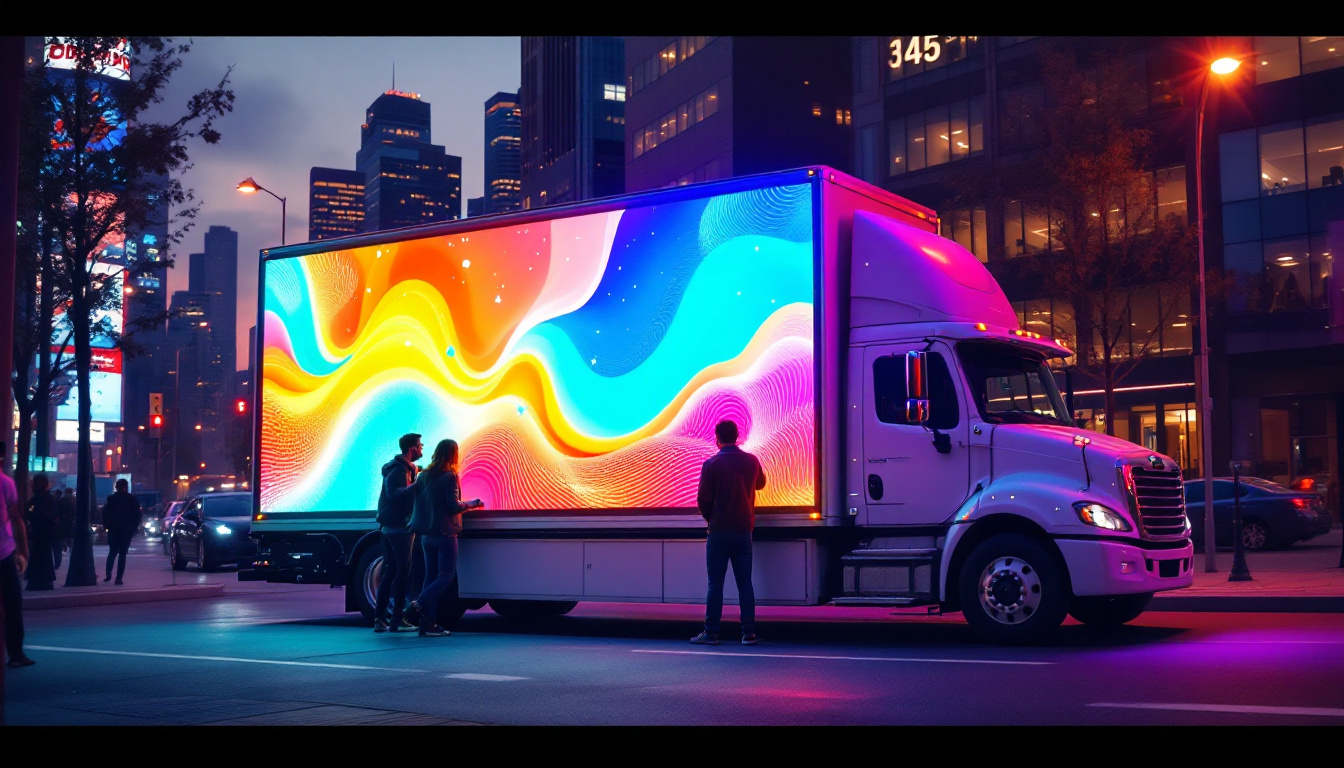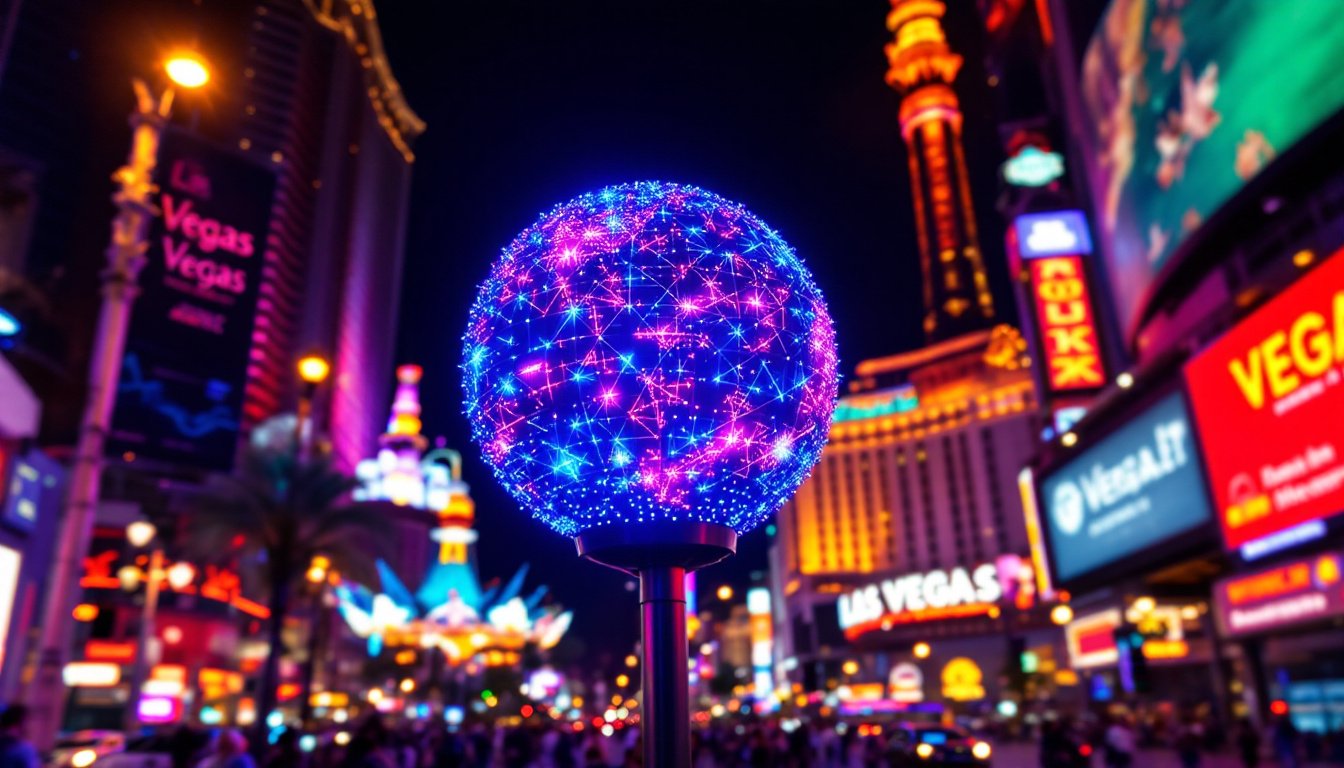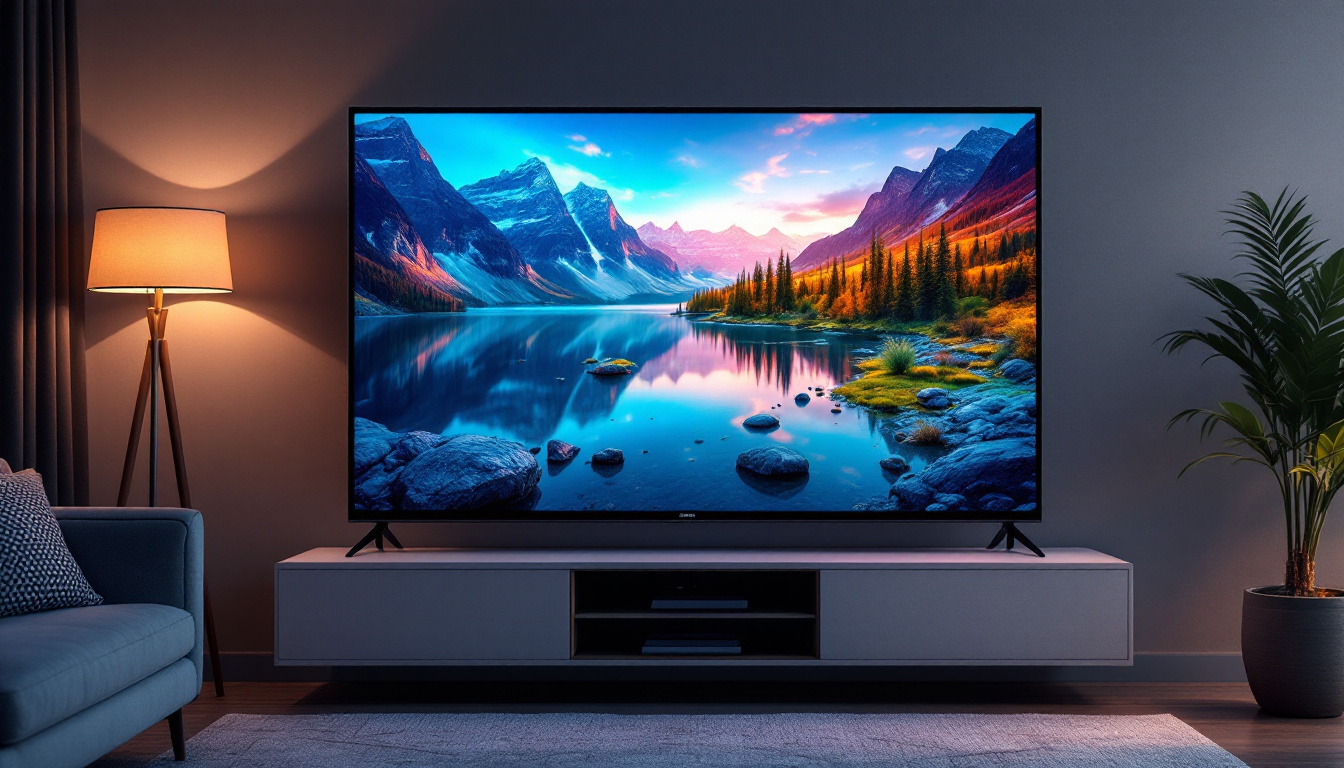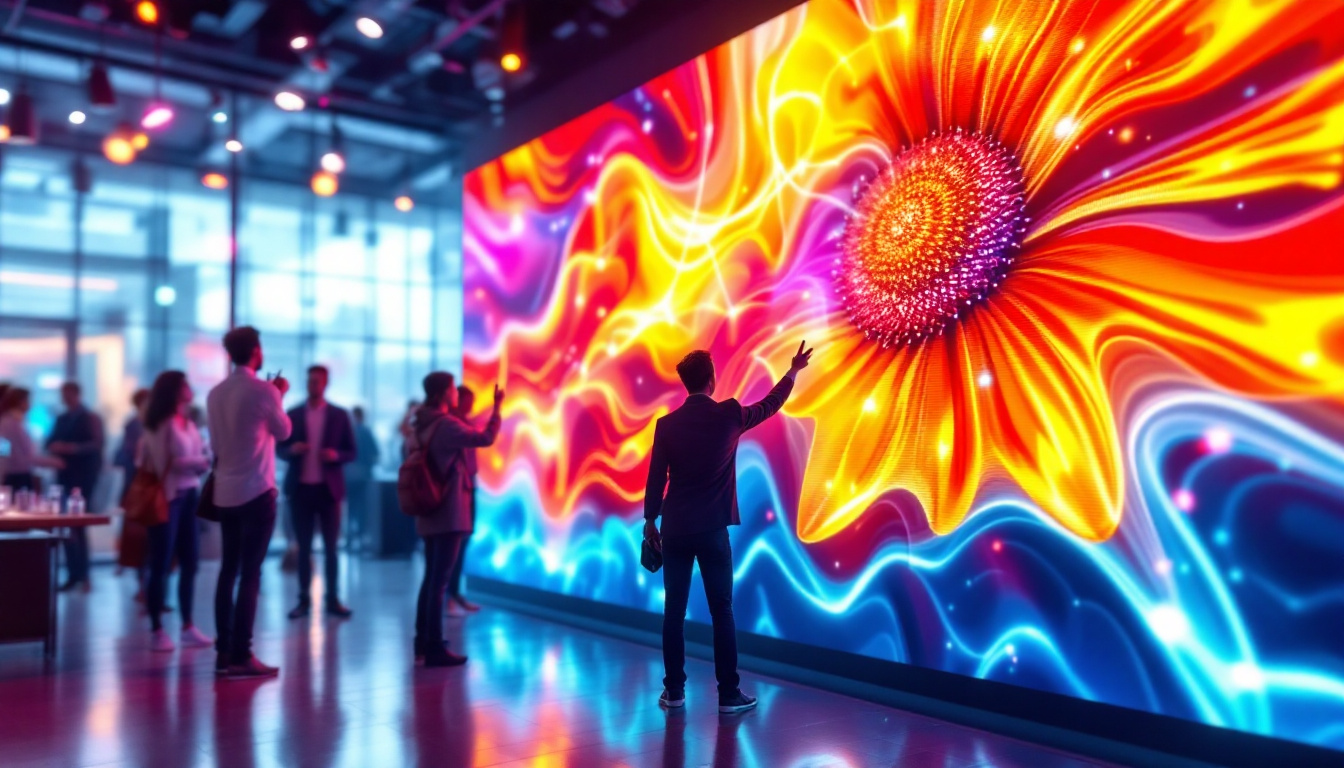The world of visual communication has evolved dramatically over the years, with LED displays emerging as a pivotal technology in this transformation. Whether used for advertising, entertainment, or information dissemination, LED displays have become ubiquitous in urban landscapes. This article delves into the intricacies of LED display technology, its applications, and the design considerations that come into play when creating effective visual content.
Understanding LED Technology
Light Emitting Diodes (LEDs) are semiconductor devices that emit light when an electric current passes through them. This fundamental principle underpins the functionality of LED displays. Unlike traditional display technologies, LEDs offer several advantages, including higher energy efficiency, longer lifespan, and improved brightness. The energy efficiency of LEDs is particularly noteworthy, as they convert a higher percentage of electricity into light rather than heat, which not only saves energy but also reduces cooling costs in environments where multiple displays are used.
How LED Displays Work
LED displays are composed of numerous individual LEDs that work together to create images and videos. Each LED can emit different colors, and by adjusting the intensity of these colors, a full spectrum of hues can be produced. The combination of red, green, and blue (RGB) LEDs allows for the creation of vivid and dynamic visuals. This RGB model is the cornerstone of color mixing in LED technology, enabling displays to produce millions of color variations, which is essential for applications ranging from digital signage to high-definition televisions.
The arrangement of these LEDs can vary, leading to different types of displays such as single-color, bi-color, and full-color displays. Full-color LED displays are particularly popular due to their versatility and ability to convey complex information effectively. Furthermore, advancements in LED technology have led to the development of features such as pixel pitch, which refers to the distance between the centers of two adjacent pixels. A smaller pixel pitch results in higher resolution images, making it crucial for applications requiring detailed visuals, such as in concerts or sports events.
Types of LED Displays
LED displays can be categorized into several types based on their application and configuration. Some of the most common types include:
- Indoor LED Displays: These are designed for use in enclosed spaces, such as shopping malls, conference rooms, and theaters. They typically have a higher pixel density, resulting in sharper images viewed from closer distances. Indoor displays often feature advanced technologies like high refresh rates, which reduce flickering and enhance the viewing experience, especially in dynamic content scenarios.
- Outdoor LED Displays: Built to withstand harsh weather conditions, outdoor LED displays feature higher brightness levels to ensure visibility in direct sunlight. They are commonly used for billboards and large advertising screens. Additionally, outdoor displays are often equipped with protective casings to shield against rain, dust, and extreme temperatures, ensuring durability and longevity in various environments.
- Transparent LED Displays: These innovative displays allow light to pass through, making them ideal for storefronts and exhibitions where visibility is essential. The transparent nature of these displays enables them to blend seamlessly into their surroundings, allowing businesses to showcase products while still maintaining an open and inviting atmosphere.
Applications of LED Displays
The versatility of LED displays has led to their widespread adoption across various industries. From advertising to entertainment, the applications are diverse and continually expanding.
Advertising and Marketing
One of the most prominent uses of LED displays is in advertising. Businesses leverage the eye-catching nature of LED technology to attract customers. Dynamic content can be easily updated, allowing for real-time promotions and announcements. This adaptability makes LED displays a powerful tool for marketers who want to engage their audience effectively.
Moreover, the ability to display high-resolution images and videos enhances the overall impact of advertising campaigns. Brands can create immersive experiences that resonate with consumers, ultimately driving sales and brand loyalty. The strategic placement of these displays in high-traffic areas ensures maximum visibility, allowing brands to capture the attention of potential customers at just the right moment. Additionally, the integration of interactive elements, such as touch screens and QR codes, further engages viewers, encouraging them to interact with the brand in meaningful ways.
Entertainment and Events
In the entertainment industry, LED displays play a crucial role in enhancing the audience experience. Concerts, festivals, and sporting events utilize large LED screens to display live feeds, graphics, and animations, creating a more engaging atmosphere. The flexibility of LED technology allows for creative stage designs and dynamic visual storytelling.
Additionally, LED displays are increasingly used in theaters and cinemas to augment the viewing experience. With advancements in technology, the integration of LED screens in stage productions has become commonplace, offering a new dimension to performances. The vivid colors and sharp contrasts provided by LED technology can transform a simple backdrop into a stunning visual narrative, captivating audiences and immersing them in the story. Furthermore, the use of LED walls in film screenings can enhance the ambiance of the viewing environment, making it more appealing and enjoyable for moviegoers.
Information Dissemination
LED displays are also vital for conveying information in public spaces. Airports, train stations, and bus terminals utilize LED screens to provide real-time updates on schedules, delays, and other essential information. This instant communication helps to streamline operations and improve the overall experience for travelers.
Furthermore, educational institutions have adopted LED displays for announcements and educational content. These screens facilitate interactive learning environments and enhance communication within the campus. In classrooms, LED displays can be used to showcase multimedia presentations, making lessons more engaging and informative. Outside the classroom, campuses often employ LED signage to promote events, share important news, and foster a sense of community among students and faculty. This dual functionality not only keeps everyone informed but also enriches the educational experience by integrating technology into everyday learning and interaction.
Design Considerations for LED Displays
Creating effective content for LED displays involves careful consideration of several design elements. The unique characteristics of LED technology necessitate a tailored approach to ensure maximum impact.
Content Clarity and Simplicity
Given the fast-paced nature of environments where LED displays are often situated, content must be clear and easily digestible. Text should be concise, with a focus on key messages that can be quickly understood. The use of large fonts and contrasting colors can enhance readability, making it easier for viewers to absorb information at a glance.
Moreover, animations and transitions should be used judiciously. While dynamic content can capture attention, excessive movement may distract or confuse viewers. Striking a balance between engagement and clarity is essential for effective communication.
Color and Contrast
Color plays a significant role in the effectiveness of LED displays. The RGB configuration allows for a wide range of colors, but careful selection is necessary to ensure that the content stands out. High contrast between text and background colors enhances visibility and readability, especially in outdoor settings where lighting conditions can vary.
Additionally, the psychological impact of colors should be considered. Different colors evoke different emotions and responses, and understanding the target audience can guide color choices that align with the intended message.
Audience Engagement
To maximize the effectiveness of LED displays, it’s crucial to consider the audience’s perspective. Engaging content that resonates with viewers is more likely to capture attention and leave a lasting impression. Interactive elements, such as QR codes or social media integration, can encourage audience participation and foster a sense of connection.
Furthermore, tailoring content to specific demographics can enhance relevance. Understanding the preferences and behaviors of the target audience allows for more effective messaging that aligns with their interests.
The Future of LED Displays
As technology continues to advance, the future of LED displays looks promising. Innovations in design, functionality, and sustainability are shaping the next generation of displays, paving the way for even more creative applications.
Advancements in Technology
Emerging technologies, such as microLED and OLED, are set to revolutionize the LED display landscape. MicroLED technology offers higher resolution and improved energy efficiency, while OLED displays provide deeper blacks and enhanced color accuracy. These advancements will enable the creation of even more immersive and visually stunning experiences.
Additionally, the integration of artificial intelligence and machine learning into LED display systems is expected to enhance content personalization and audience targeting. Smart displays that adapt to viewer preferences will create more engaging and relevant experiences.
Sustainability and Eco-Friendliness
With growing concerns about environmental sustainability, the LED display industry is also focusing on eco-friendly practices. Manufacturers are exploring ways to reduce energy consumption and utilize recyclable materials in display production. This shift towards sustainability aligns with the broader trend of corporate responsibility and environmental stewardship.
Moreover, advancements in energy-efficient technologies will not only benefit the environment but also reduce operational costs for businesses that rely on LED displays for advertising and information dissemination.
Conclusion
LED displays have transformed the way information is communicated in various sectors, from advertising to entertainment and public information. Their versatility, energy efficiency, and ability to create dynamic visuals make them an invaluable tool in modern communication strategies.
As technology continues to evolve, the potential for LED displays is boundless. By understanding the intricacies of LED technology and applying thoughtful design principles, businesses can harness the power of LED displays to engage audiences effectively and convey messages that resonate.
In a world where visual communication is paramount, mastering the art of LED display design is essential for staying ahead in an increasingly competitive landscape. Embracing innovation and sustainability will ensure that LED displays remain at the forefront of visual communication for years to come.
Illuminate Your Message with LumenMatrix
Ready to elevate your visual communication with the cutting-edge technology of LED displays? Discover the innovative solutions by LumenMatrix, a leader in LED display technology. From captivating Indoor LED Wall Displays to robust Outdoor LED Wall Displays, and from dynamic Vehicle LED Displays to sleek LED Poster Displays, LumenMatrix offers a comprehensive range of products designed to enhance brand visibility and engage audiences. Whether you’re looking to create immersive experiences with a Custom LED Display or seeking the convenience of an All-in-One LED Display, LumenMatrix has the expertise to bring your vision to life. Check out LumenMatrix LED Display Solutions today and transform the way you share your message with the world.

